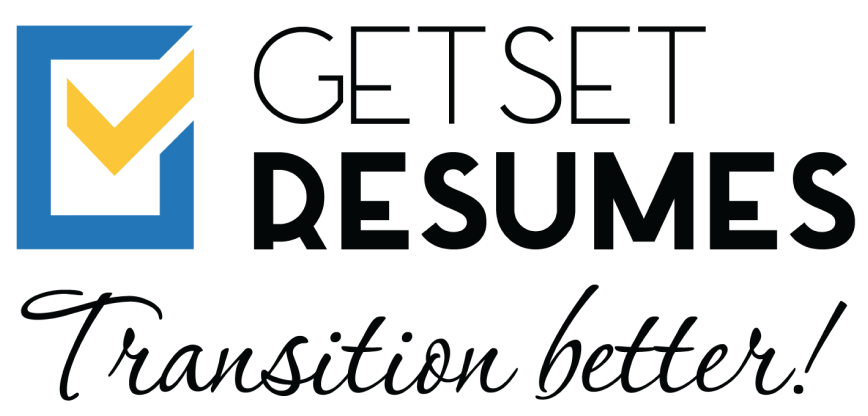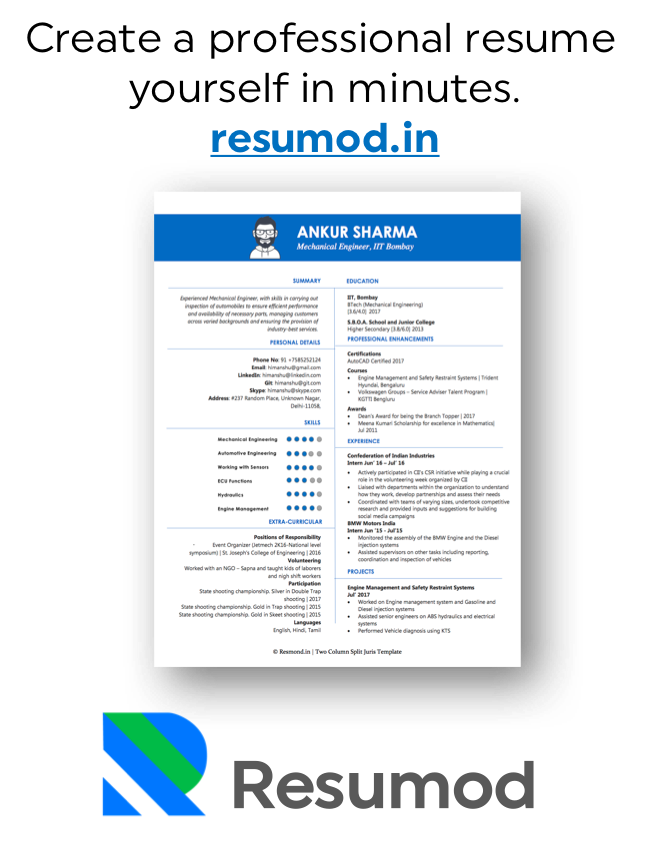Layoffs are no longer career-ending moments – they are career-redefining ones. But how you position your comeback makes all the difference.
The job market is shifting fast today. According to a McKinsey report, nearly 38% of experienced professionals face mid-career disruption due to company restructuring, automation, or relocation.
But here is the twist – senior leadership hiring has not slowed down. In fact, companies are actively seeking professionals with real-world experience who can lead through uncertainty. A recent LinkedIn survey found that 73% of companies are looking for leaders who have navigated tough situations – including layoffs.
So, if you have faced a layoff, do not let it define your narrative. With a strategic resume rewrite, you can position yourself as the kind of leader companies are eager to hire.
Why Traditional Resumes Fail After a Layoff?
If you are using the same resume, you had pre-layoff, you are doing yourself a disservice.
Here’s why most senior resumes fall flat after a career interruption:
- They focus too much on job titles, not leadership impact.
- They fail to reframe the layoff in a strategic, neutral tone.
- They do not highlight adaptability and resilience – key post-pandemic traits.
- They are packed with jargon instead of outcomes.
- They are too long, unfocused, or outdated in format.
After a layoff, the goal of your resume is not just to get noticed – it is to build trust again. You need to show you are not just job-ready – you are leadership-ready.
How to Rebuild Your Resume After a Layoff (Strategically)
Let’s walk through the most critical sections of your resume and how to rebuild them to position yourself for leadership roles post-layoff.
Headline That Reflects Leadership Value
- Avoid generic job titles like ‘Senior Manager.’
- Use a value-driven headline, such as:
Transformational Leader | Scaled Teams Across 3 Continents | $50M+ Growth Driver - Your headline should immediately convey scope, scale, and specialization.
Professional Summary That Reinforces Authority
- In 3–4 crisp lines, summarize your expertise, not just your years.
- Example:
Strategic Operations Leader with 14+ years of experience driving global growth, post-merger integration, and cost optimization. Known for transforming underperforming units into profit centres and leading through economic disruptions. - Keep it forward-focused.
- Do not explain the layoff here – that comes later if needed.
Highlight Impact, Not Just Responsibilities
In your experience section, structure each role with:
- A 1-line role summary
- 3–5 bullet points showing measurable achievements
Example:
- Expanded APAC operations, increasing revenue by 62% in 18 months
- Reduced operational costs by $3.2M annually through vendor renegotiation
- Led a team of 60+ across remote, hybrid, and onsite model’s post-pandemic
Metrics = Momentum. Even if you were laid off, your results remain valid.
Address the Layoff – Only If Necessary
If your layoff resulted in a career gap, you can address it in a subtle, strategic way:
In the experience section:
- ‘2023–2024: Professional Development & Consulting Projects (Career Transition)’
- Briefly mention: ‘Undertook upskilling in digital transformation, mentored early-stage founders, and explored strategic opportunities post-restructuring.’
You are showing proactivity during the gap – not waiting passively.
Avoid:
- ‘Unemployed since 2023’
- Long empty gaps with no explanation
- Over-apologizing or justifying the layoff
Key Resume Sections That Signal You’re ‘Leadership Ready’
Executive Achievements Section
- Add a separate section after your summary titled ‘Key Career Highlights’ or ‘Leadership Milestones.’
- List 4–6 achievements across roles that show scale, strategy, or transformation.
Example:
- Turned around a loss-making business unit in 9 months, generating $8M+ in new revenue
- Spearheaded digital migration that cut processing time by 70%
- Negotiated enterprise partnerships across 5 countries, doubling customer base
Core Skills Section (Tailored for Leadership)
Include both hard and soft leadership skills, such as:
- Strategic Planning
- Cross-functional Team Leadership
- Budgeting & P&L Ownership
- Change Management
- Conflict Resolution
- Crisis Leadership
- Board & Stakeholder Communication
- Talent Development & Mentorship
Make sure these align with what’s in the job description.
Board & Committee Involvement (if any)
If you’ve served on boards, internal committees, or industry panels, mention it—especially in times of transition, this boosts credibility.
Formatting Tips for Senior Professionals
- Keep your resume to 2 pages max (unless you are in academia or C-suite).
- Use bold, clean headings with white space for readability.
- Avoid overloading with dense paragraphs – opt for bullet points.
- Use a modern font (Calibri, Helvetica, Georgia).
- File format: Always PDF unless stated otherwise.
Bonus: What Recruiters Look for in a Post-Layoff Resume
Hiring managers are not biased against layoffs – but they do want proof that you are resilient and relevant.
Here is what stands out:
- Career stories with measurable results
- Clarity in positioning (what role you want and what value you bring)
- Evidence of continuous learning
- Confidence in tone (no overexplaining or apologizing)
Pro Tip: If you are applying through LinkedIn or referrals, match your resume tone with your LinkedIn About section for consistency.
Final Thoughts
A layoff does not define your future – but your resume does.
When written with intention, your resume becomes more than just a job-seeking tool – it becomes a leadership positioning document.
You have already navigated disruption. Now it is time to show hiring managers you are the kind of leader who can help others do the same.


![Master Your Self Introduction: Tips for Senior Leadership Interviews [2025 Guide]](https://www.getsetresumes.com/blog/wp-content/uploads/2025/10/business-consultant-working-with-client-1140x660.jpg)


